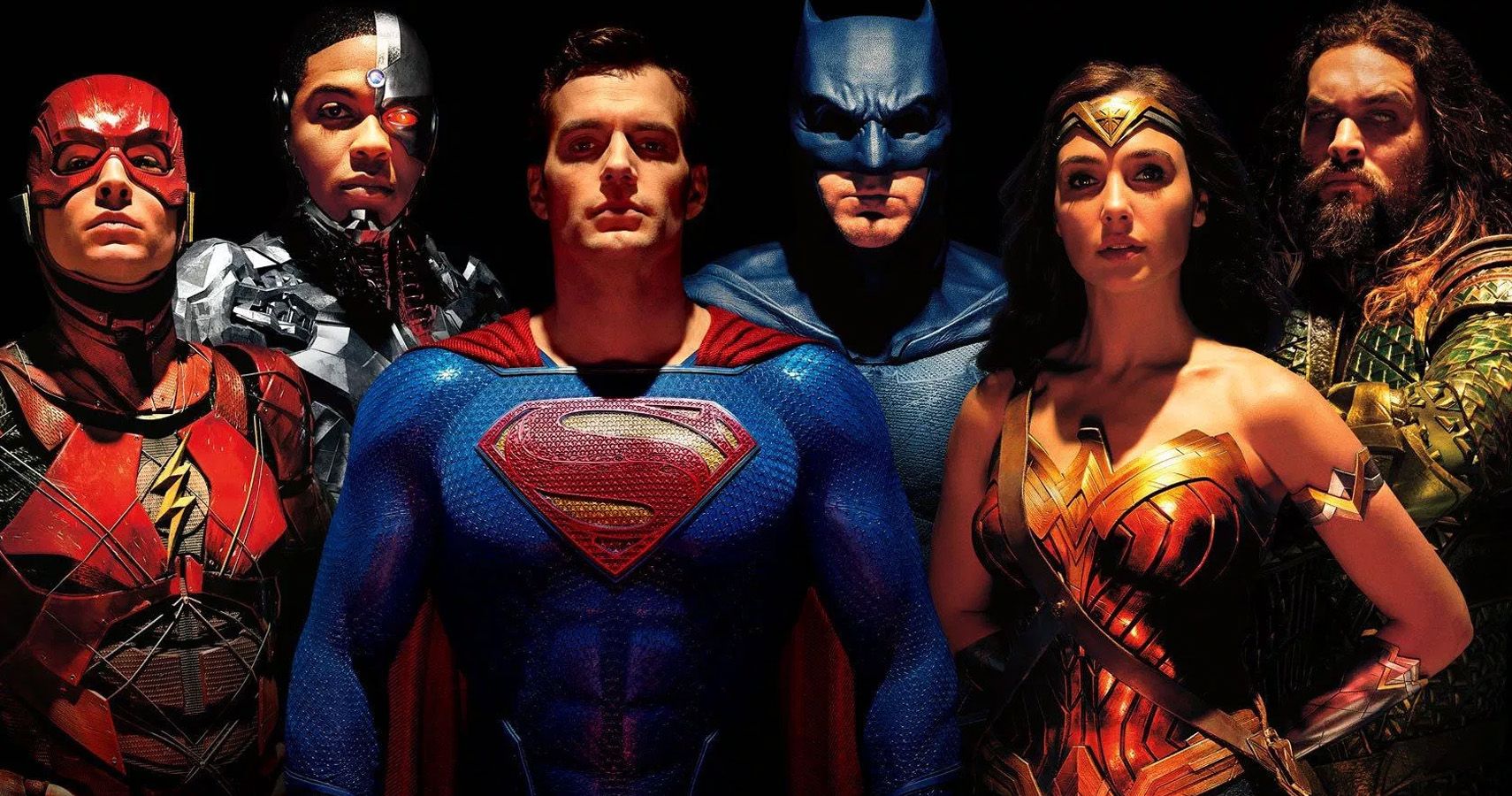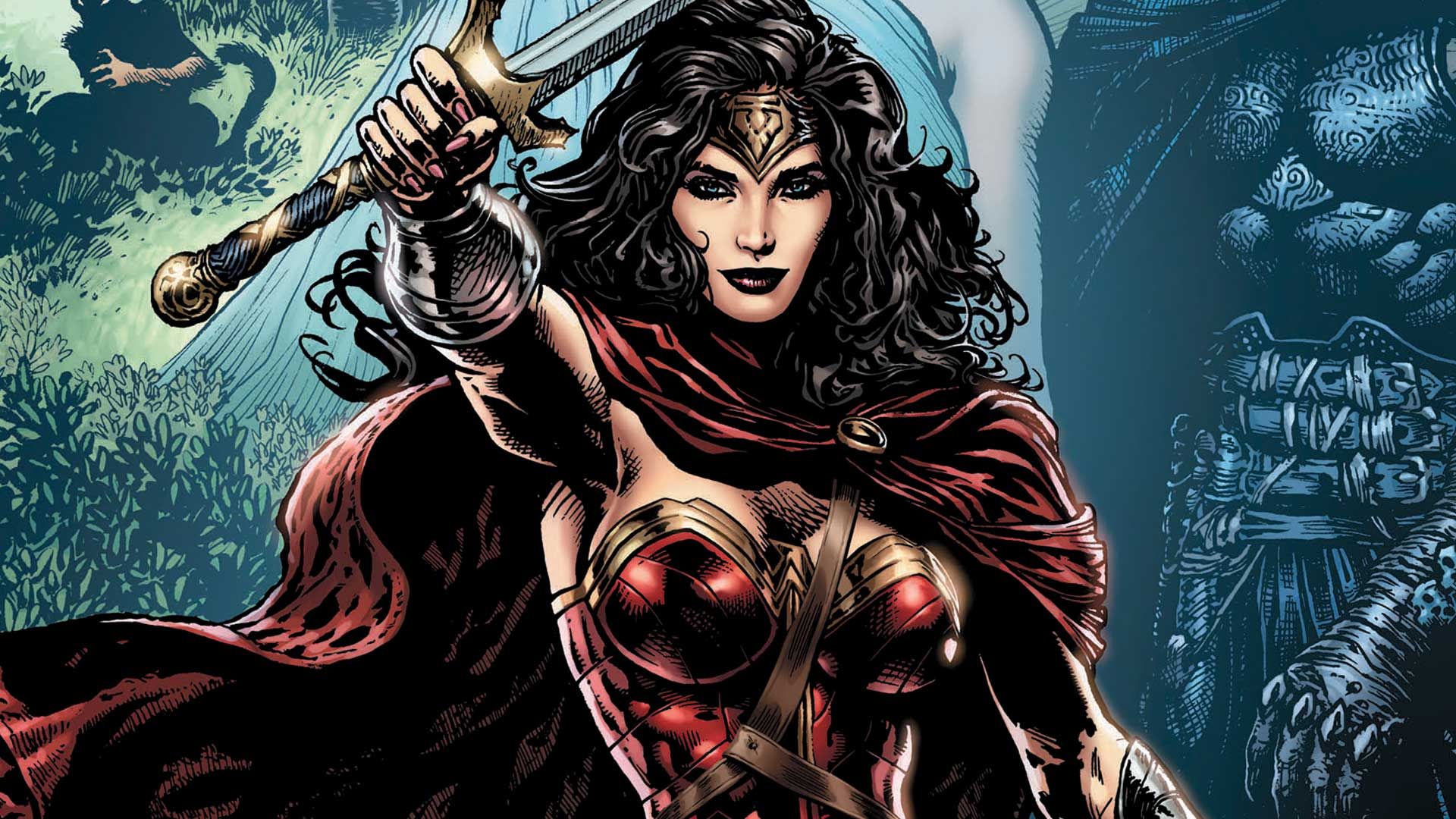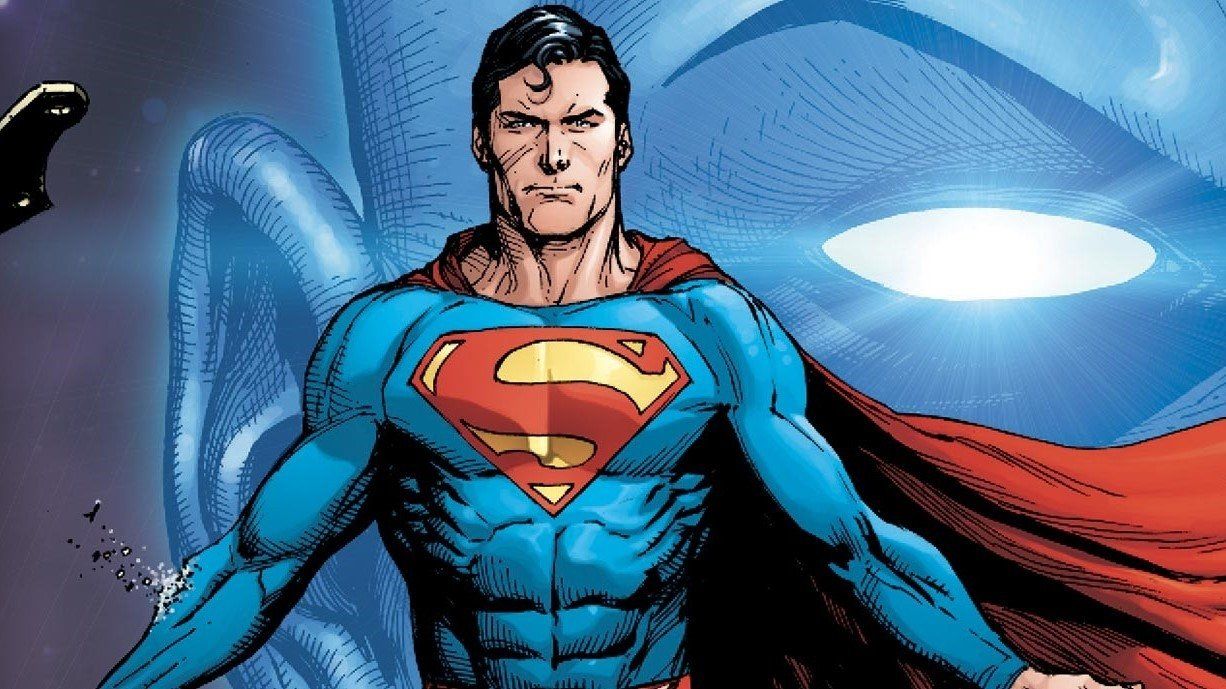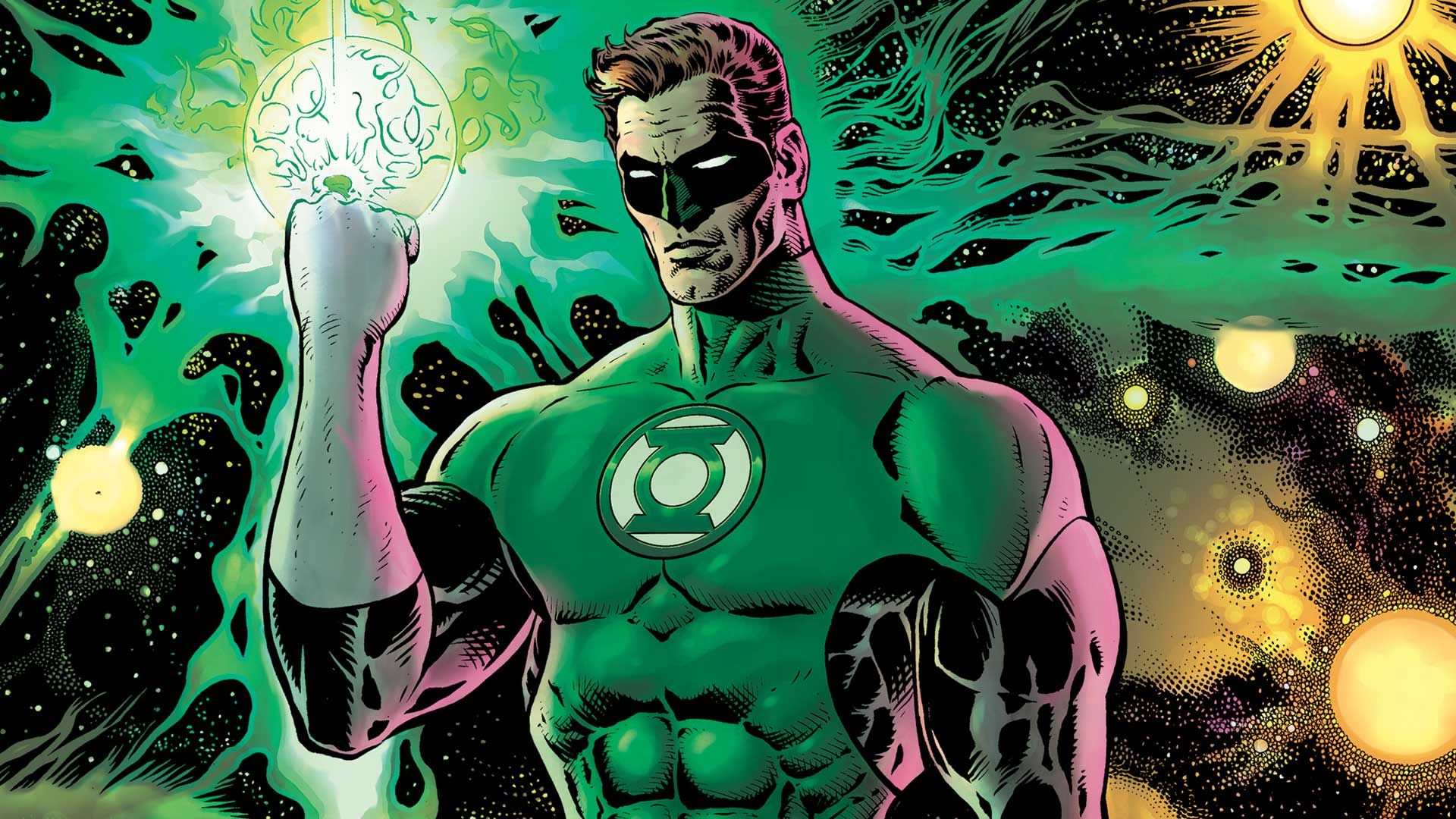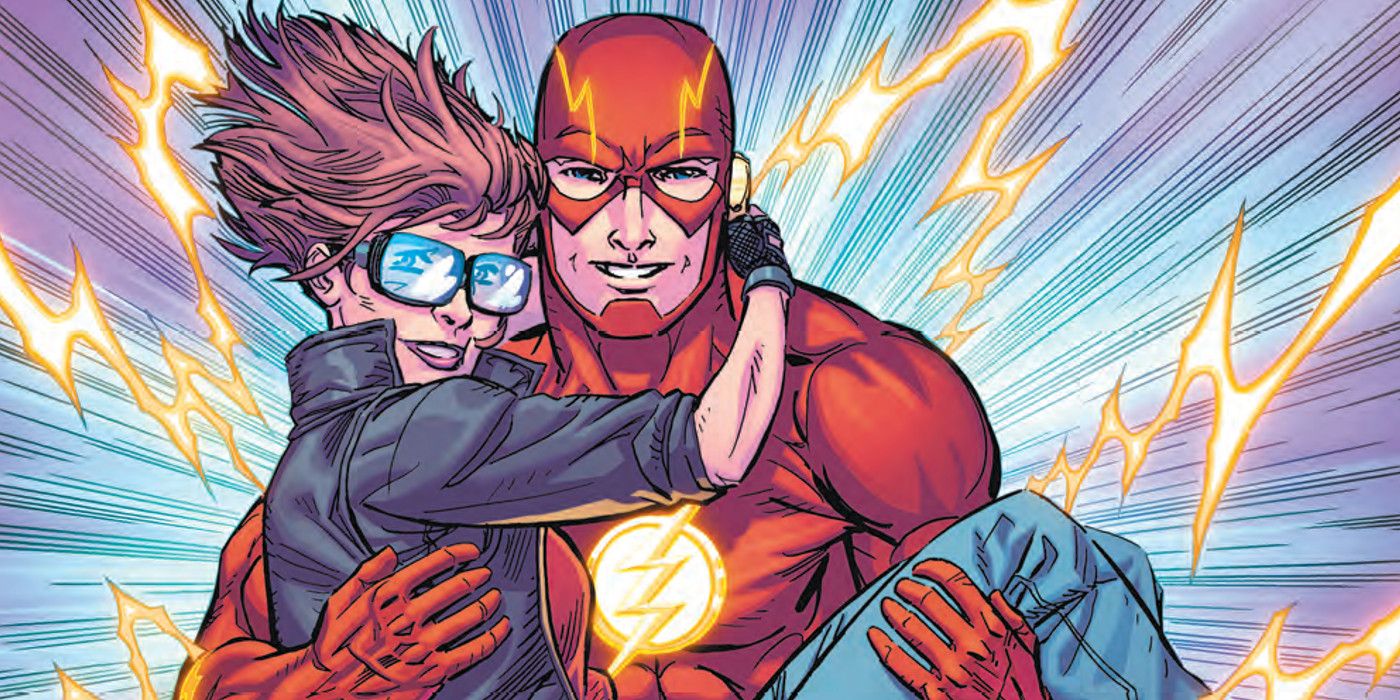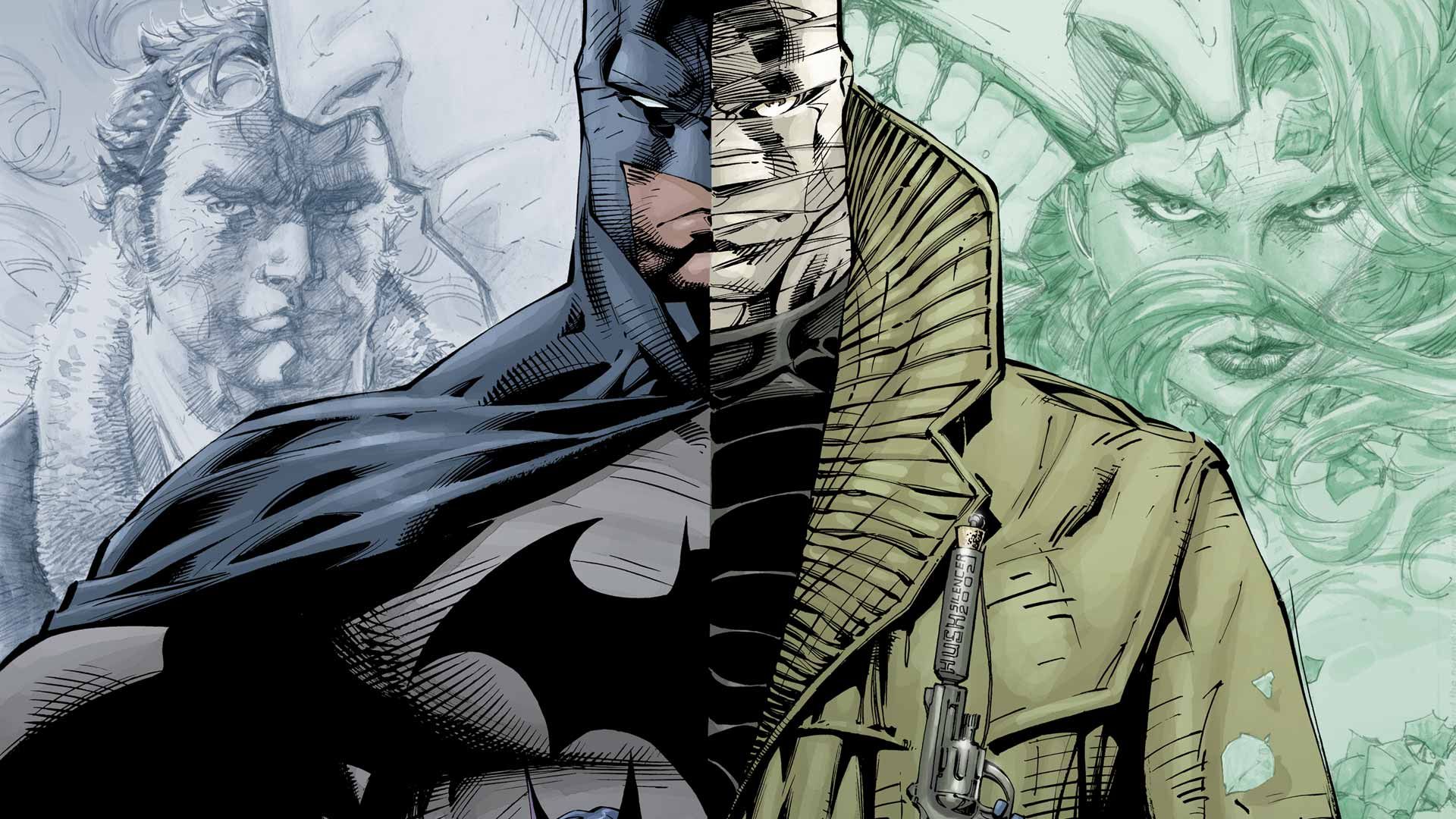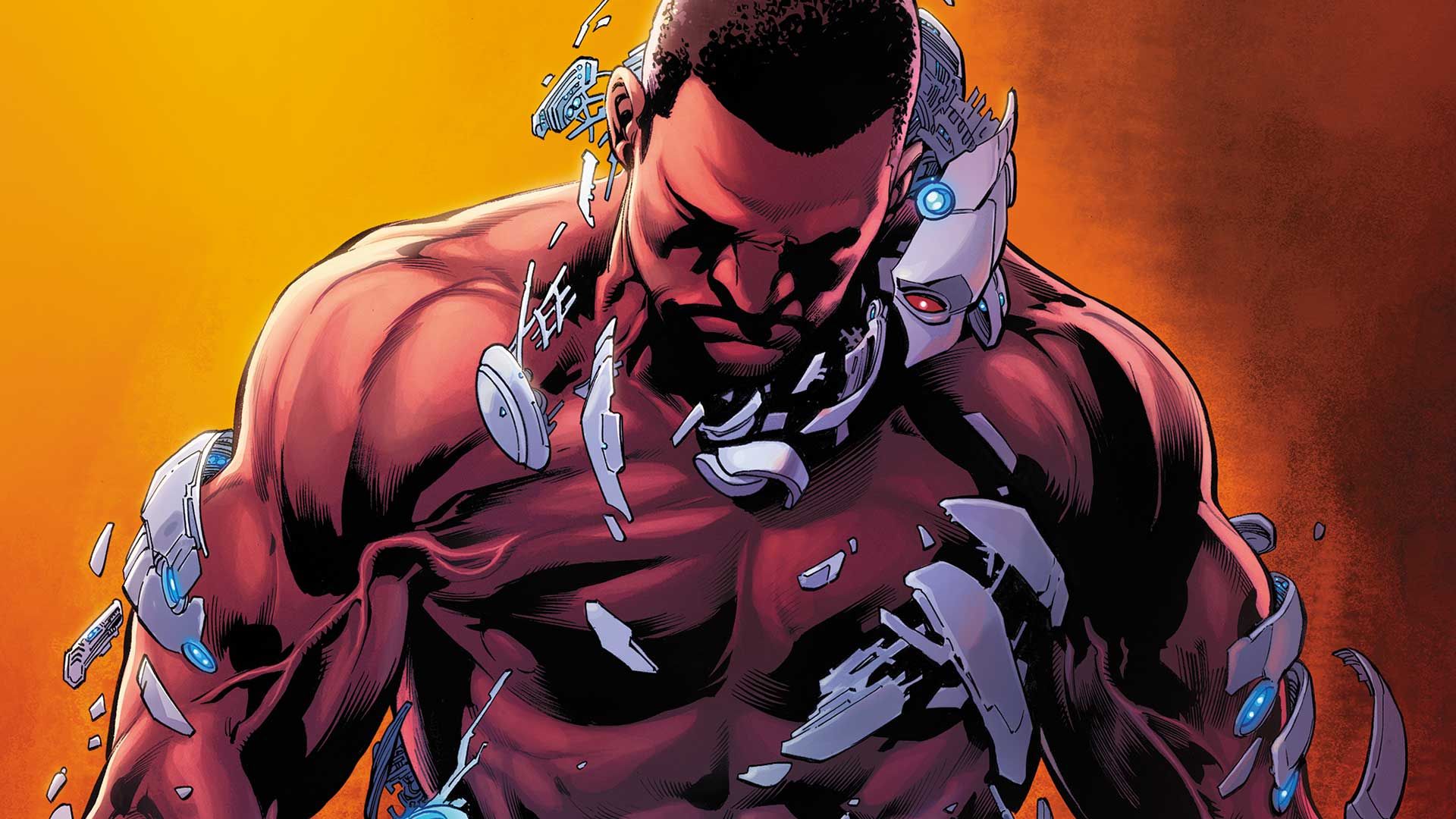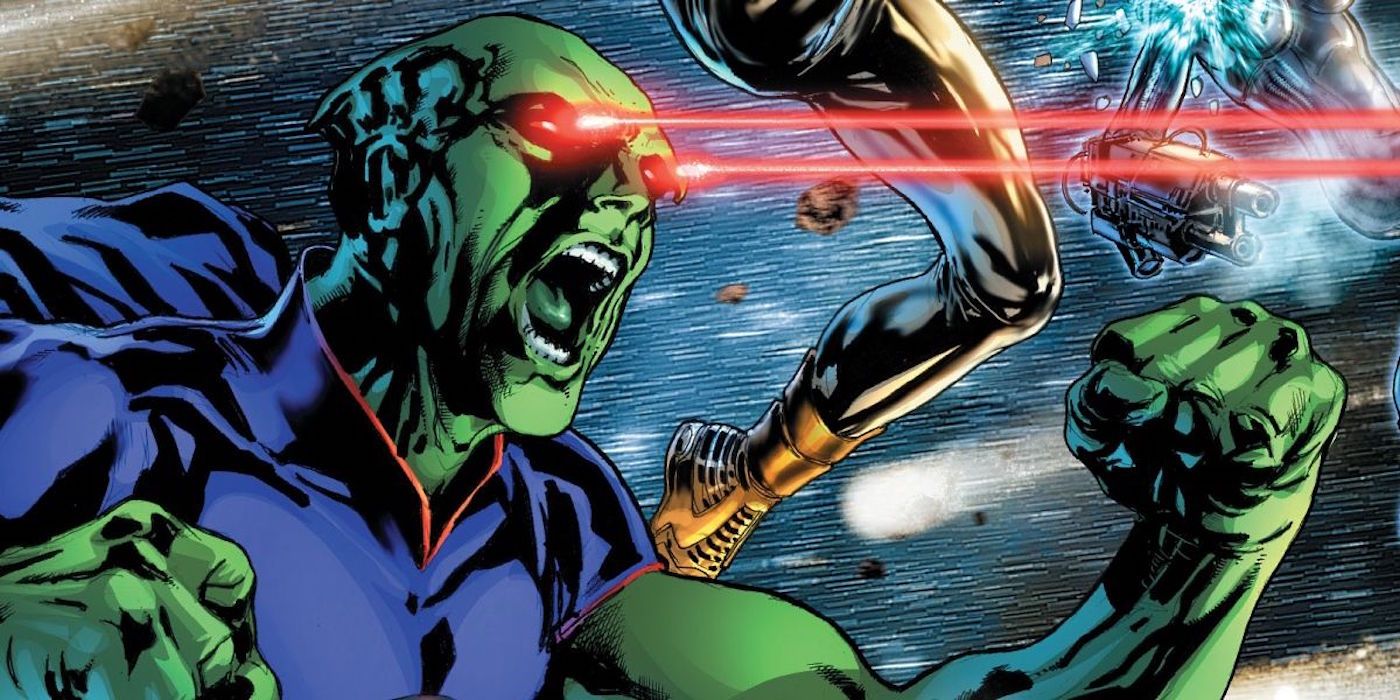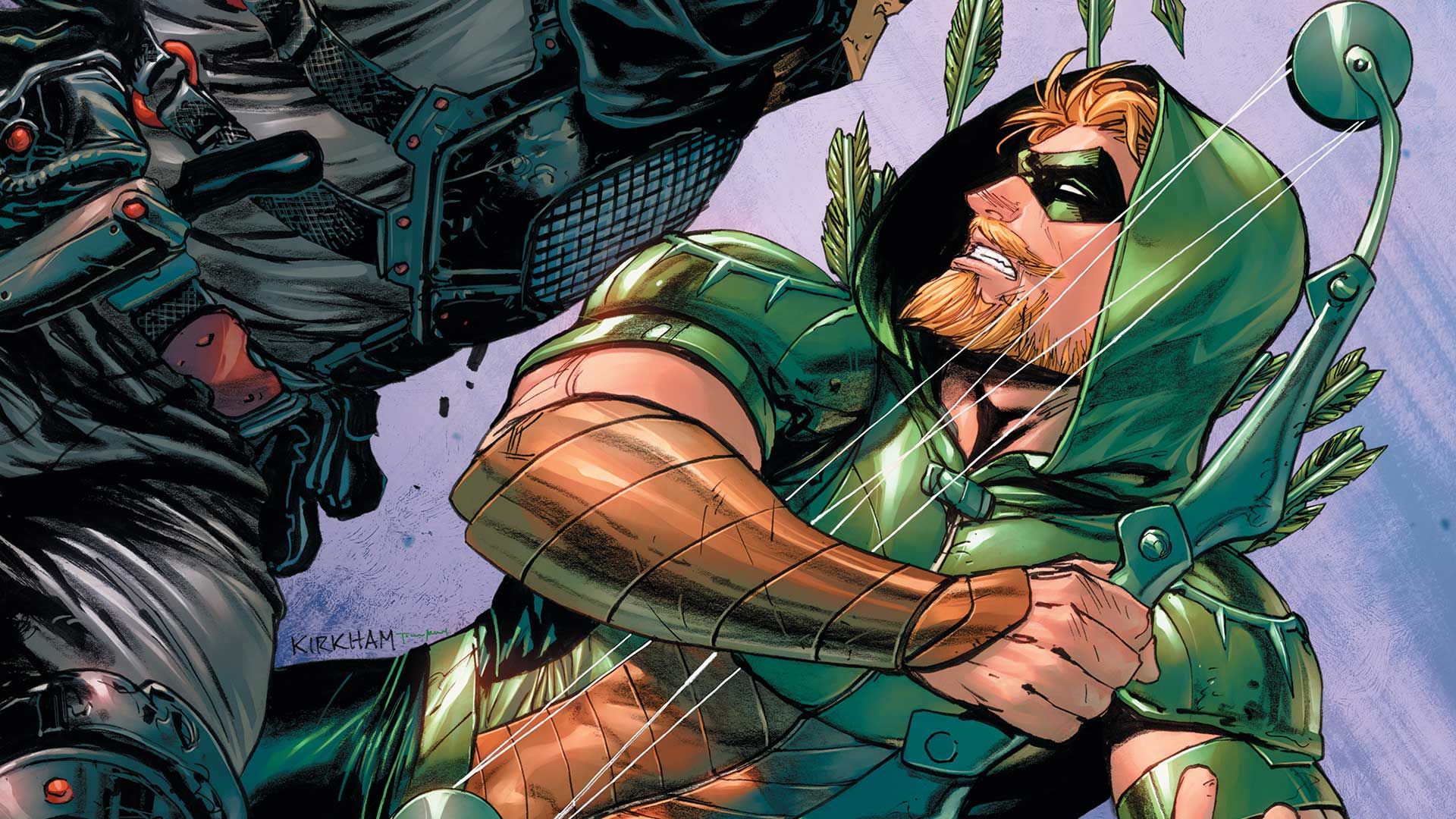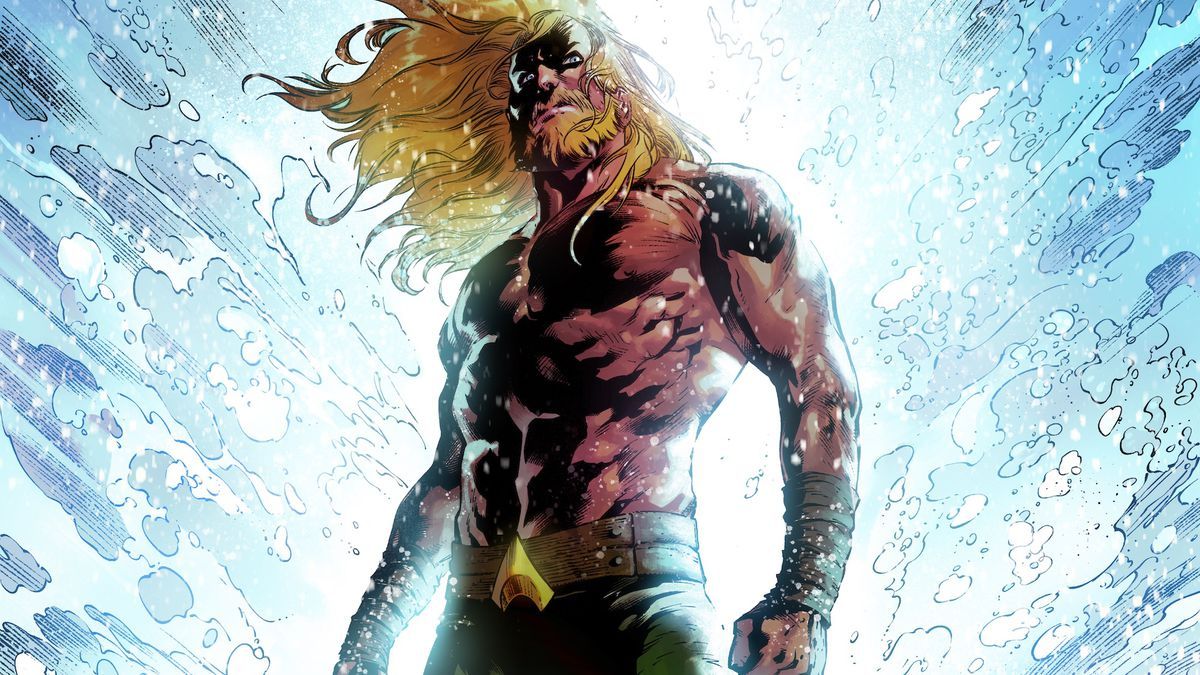With the Jack Snyder cut of the Justice League recently confirmed to exist and no less than 30 other DC Movies in production or set for imminent release, it's a good time to take a closer look at the heroes of the DC Universe. The Justice League is a core group of superheroes that combine famous figures from the beginning of the Golden Age of comic books to the movies and video games of today. If these characters appeared in a Dungeons and Dragons game, what classes would they be? Here are a few members of the Justice League, from both the movies and the comics, and their D&D classes.
Wonder Woman - Paladin
If the sword and shield combo isn't enough, her semi-divine origins, steadfast Lawful Good alignment and magical powers are enough to classify Wonder Woman as a Paladin. A golden lasso with a power that forces you to tell the truth sounds like a Paladin's weapon. Regarding her abilities, Princess Diana of Themyscira was born with innate abilities but she's also been extensively trained. The education of a Paladin includes academic pursuits as much as strategy and battlefield tactics, and this is also reflected in Wonder Woman's background.
Superman - Cleric
The first thing you do when you roll a Cleric is choosing the higher power your hero will serve. Although he has deviated from the guidance in the past, Superman is very much a product of his father's will. He wasn't actually born with his powers. His father sends him to a planet with a yellow sun and tasks Kal-El to watch over the people of Earth.
There are rules he has to follow. His powers are not finite, and he often consults his Kryptonian ancestors for guidance. Add that a Cleric often acts as the leader or spiritual center of the group, and it becomes clearer that Superman is a Cleric. It's true that Superman has a variety of abilities that we don't associate with Clerics, but this could depend on the gear he was wearing or the power of his chosen deity.
Green Lantern - Warlock
The key to telling the difference between the spellcasting classes is to look at the origins of the character's magical powers. Warlocks draw their power from sources that are not of this world. Green Lantern gets his power from his ring, which is controlled telekinetically and can do or make a wide variety of different things. This ability comes from the ring's connection to the Green Lantern Corps, an interstellar group that protects the universe from both crime and evil. That's essentially what a Warlock does. The concept of playing a Warlock with a Good alignment, especially a Lawful one, would be an interesting challenge.
Flash - Wizard
The Flash is dedicated to a single school of powers and wasn't born with his abilities. He discovered them later on and needed to learn how to use them. Flash trains in the Speed Force, or what a DM would call a school of magic. Many of his adventures are tied in with some complex theories that require a lot of book learnin'. Add this to the fact that his powers revolve around a single theme or school of magic, and you've got a Wizard.
Batman - Monk
It's true that Batman takes on some of the traits of is namesake, such as flight and stealth, but these abilities are acquired using machines as opposed to actually becoming that animal, therefore he's not a Druid. Maybe it's what the Batman actually does, keeping an eye on the dark alleys of society and dispensing justice quickly and quietly, that makes him a Ranger. But he doesn't have bats as his animal companions, and the feral denizens of the Bat Cave don't count. And when's the last time you saw Batman pick up a dagger or a sword or any kind of weapon?
Batman is a Monk. Bruce Wayne leads a quiet, disciplined, and mostly solitary life. As Batman, he uses martial arts extensively and follows a strict personal code. A game with this kind of Monk would require a more aggressive sort of play, as Batman is more of a DPS than Support character.
Cyborg - Barbarian
Roll a Barbarian with high intelligence and you have an idea of what Cyborg would look like in a D&D game. This is the kind of post-modern RPG character a creative Dungeon Master would find in a science fiction module. The stats he has thanks to his cybernetic implants mirror the best things about a Barbarian, such as increased strength, speed, and stamina. He's a character who retains most of his power within his own body and can use a myriad of different techniques and weapons. He's one of the more recent entries in the Justice League, first appearing in the comics in 1980.
Martian Manhunter - Sorcerer
Although he's been around since 1955 and is one of the founding members of the Justice League, you might not have heard of J'onzz, or the Martian Manhunter. He could be a Warlock, as you can argue his powers are borrowed from an otherworldly power. However, he's more like Superman in the sense that his powers were inherent due to his birthplace. He's unlike Superman in the sense that his alignment tends to waver, sometimes dramatically. A character with innate magical powers that are incredibly strong and retains their sense of independence as opposed to discipline would have to be a Sorcerer.
Arrow - Rogue
Originally Green Arrow, this is one of the founding members of the Justice League. He first appeared in the comic books in 1941. The modern television series Arrow is a modern rendition of this character. In one version of the Arroverse, he's the Green Lantern. Looking at his weapons and powers, even though he shares some traits with Green Lantern, Arrow is still a Rogue. He favors distance weapons, and although he shares some Ranger traits, he works alone and in urban settings.
Aquaman - Druid
Aquaman takes on the traits of underwater animals, like gills and enhanced swimming abilities. He lives in the same environment as his animal companions and has a personal way of communicating with them via telepathy. He is united with his natural environment instead of following the rules of a god or spirit. Determining his status as a Druid is fairly straightforward. Even his attitude, which wavers between Neutral Good and True Neutral, is typical of the class.

